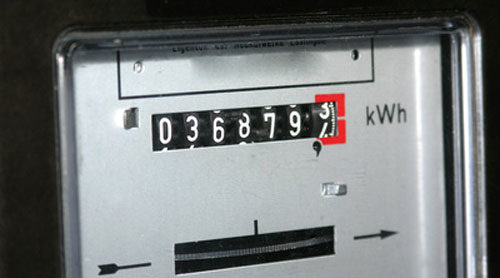The kilowatt-hour (kWh) is possibly one of the most frequently used units of measurement in the media. In many cases it appears as kwh, Kwh, KWh or, even worse, kW/h. We will not give examples so as not to embarrass anyone, but with a quick search on the Internet we will find a multitude of cases.

In the following we will explain what exactly is measured with this physical quantity and why the correct use of capital letters is important.
What does the kWh measure?
The watt-hour is a unit of measurement expressed in power x time, i.e. it is a unit that measures energy. For example, 1Wh is the energy needed to maintain a power of 1 watt for one hour.
It should be noted that when talking about, for example, 200Wh, this value can be interpreted in different ways. We could say that it is the energy needed to light a 100W bulb for two hours or the energy needed to light a 20W bulb for 10 hours.
One kWh is equivalent to 1,000Wh, the prefix “k”, which is always in lower case, stands for kilo and multiplies the value of the measurement by a thousand.

Why kW and not KW?
Because each acronym, depending on whether it is a capital or a small letter, can mean very different things. Although the prefix “K” (capital letter) does not exist, there are other cases where without this differentiation there can be great confusion.
For example, 1MW (megawatt) is one million watts (1,000,000W) while 1mW (milliwatt) is one thousandth of 1W (0’001W). It is therefore important to differentiate between upper and lower case letters.
The kW/h error
This is undoubtedly the most common typo in writing.This is probably due to the habit that, influenced by km/h (kilometres per hour, a unit of speed), we tend to have when talking about electricity consumption. We often say: “This month I have consumed 150 kilowatts per hour” (150kW/h) and, because of this way of speaking, we end up transcribing as a quotient (kW/h), which in reality is a product.


